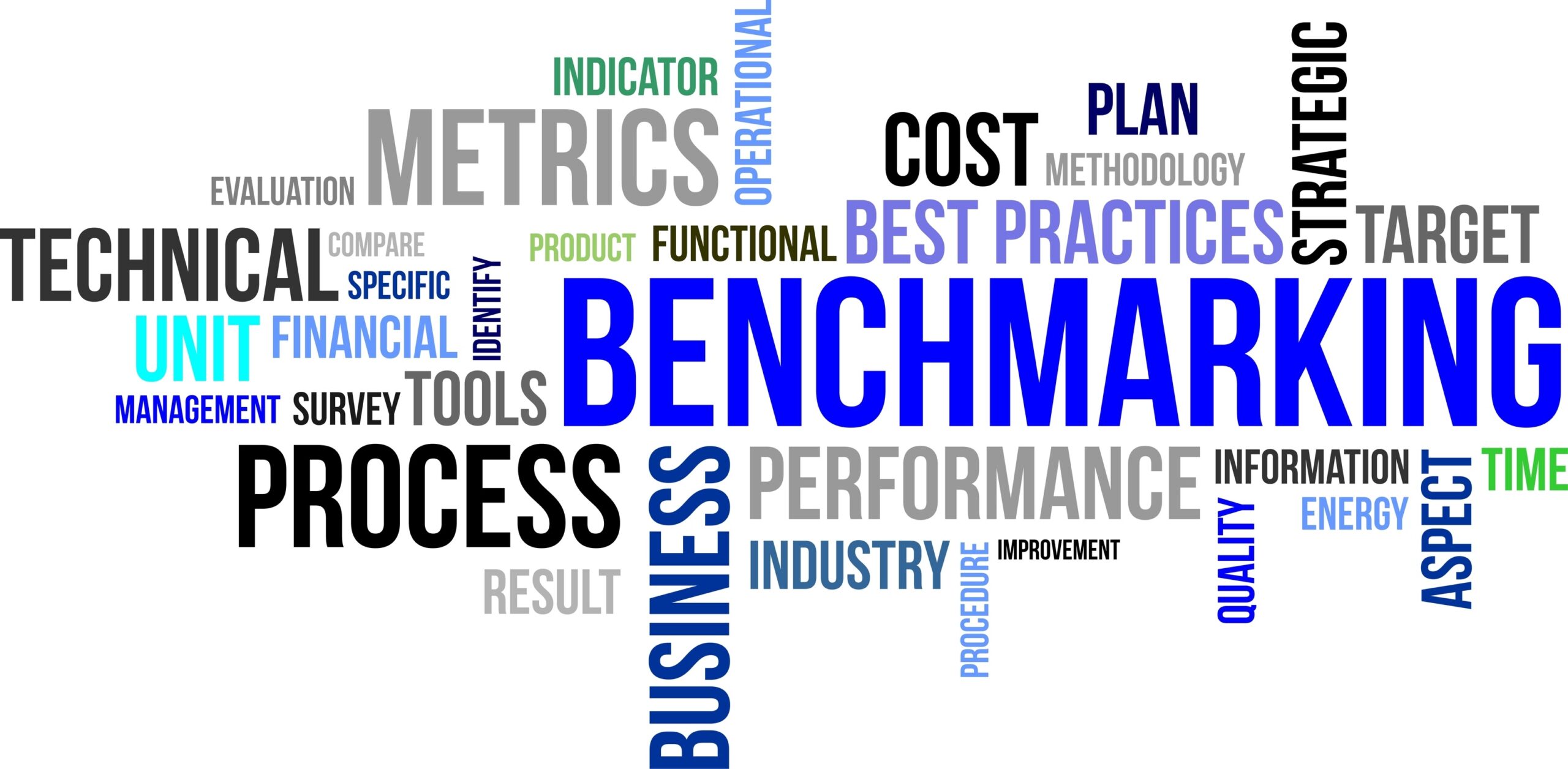Don’t Be Afraid to Think Big About Measurement

USING STRATEGIC PROCUREMENT METRICS TO CREATE ENTERPRISE VALUE
LogicSource’s Mutual Value Assessment frequently shows that businesses are spending more than they thought. Based on their collective experience of implementing new enterprise-level metrics across a number of industries, LogicSource recommends viewing the enterprise as a whole, identifying opportunities to aggregate, moving up one level, and piloting new metrics in parallel with the change metrics based on data.
We frequently encounter clients who are obsessed with specific procurement metrics. They can tell us with complete confidence how much they spend on any given category. Yet, inevitably, our Mutual Value Assessment reveals that they are spending much more than they think. How does this happen? Why are their metrics unable to accurately measure their spending as a corporation?
Often, when a company grows by acquisition, it fails to integrate its metrics across the enterprise. Some companies attempt to foster a specific culture – of “entrepreneurship” or “accountability” or even “quality.” Perversely, this can make matters worse, be creating organizational silos, where each leader naturally limits measurements to what they believe they can control.
Other firms try to manage the challenge of frequent, accurate measurement by deliberately limiting their metrics to smaller organizational groups, functional teams, or business units. The rationale is that instead of “boiling the ocean,” they will institute more manageable measurements and keep leaders focused on their own domains.
Either way, with each leader able to measure only a portion of the enterprise, none can see the elephant of its total spending.
Companies that measure in this way miss large and important opportunities for achieving savings and efficiency, significantly reducing enterprise value. Here are two brief examples from our recent experience:
- An international CPG firm knew that the specifications for their product packaging (both primary and secondary) required periodic review to minimize waste. Each BU was therefore rewarded for reducing their SKUs from tens of thousands down to thousands. Rationalizing by SKUs within an individual BU may have minimized the change effort required and sped implementation. It also meant forgoing the opportunity to rationalize SKUs across the enterprise as a whole, sharpening their brand image in the consumer marketplace, and netting a savings in millions of dollars.
- A global pharmaceutical company managed the distribution of product samples to its US sales reps through its manufacturing division.
When asked to take on distribution of marketing materials, Manufacturing helpfully suggested measuring stock-outs, per their existing practice with product samples. Then they quickly removed the functionality for representatives to place backorders on marketing material in order to ensure a perfect score on the stock-out metric.
Panicked by the prospect that its representatives would not remember to order products they couldn’t see in the system, Marketing over-ordered millions of dollars of excess materials. It was a fiscal catastrophe.
Based on our collective experience of implementing new enterprise-level metrics across a number of industries, we recommend the following approach to taking your measurement efforts to the next level.
Be the Enterprise to See the Enterprise
The first step to trying to change your approach to measurement is to communicate to your leadership that, going forward, everyone needs to think in terms of the enterprise as a whole for any conversations about metrics and measurement.
Identify Opportunities to Aggregate
Look at your existing metrics. Whatever you are measuring – cost reduction, SKU reduction, time-to-market – determine whether the enterprise would benefit from a horizontal aggregation across functions or business units.
Consider Moving Up One Level
Everywhere you have a key metric, ask if the enterprise would benefit from a higher-level view. If you are measuring at the department level, see what incentives can be deployed by looking across business units. If you’re measuring at the BU, find out what you can see from Corporate.
Pilot New Metrics In Parallel
Change is hard. People need proof that it is worthwhile. Don’t toss out your existing metrics in a day, or invest in expensive technology to support unproven metrics. Pilot new metrics with the least expensive approach so that you can compare the results of the existing set and the new set. Prove that your new metrics are worth the pain.
Change Metrics Based on Data
Faced with two data sets, the old metrics and the new, allow your leaders to examine each and to decide collectively which one is most likely to best motivate increased value for the enterprise.
Much of this is common sense, but to paraphrase Mark Twain, common sense is not so common in many organizations. Taking a thoughtful approach to measurement and metrics requires strong stakeholder management and a systematic path to implementation. If you would like an objective view on how to improve your supply metrics, let’s start a conversation.
Tags: Big Data, Analytics, Mutual Value Assessment



